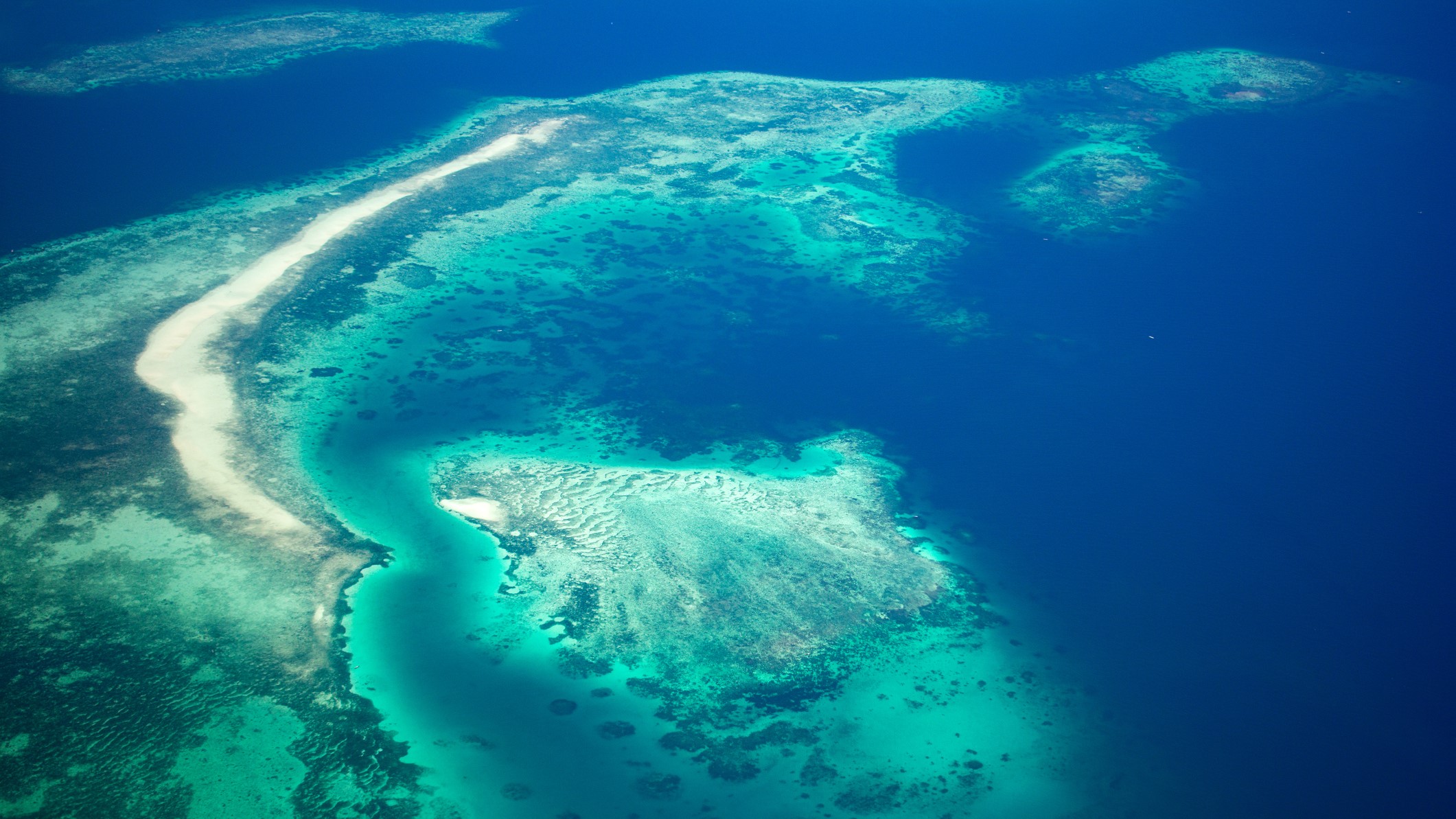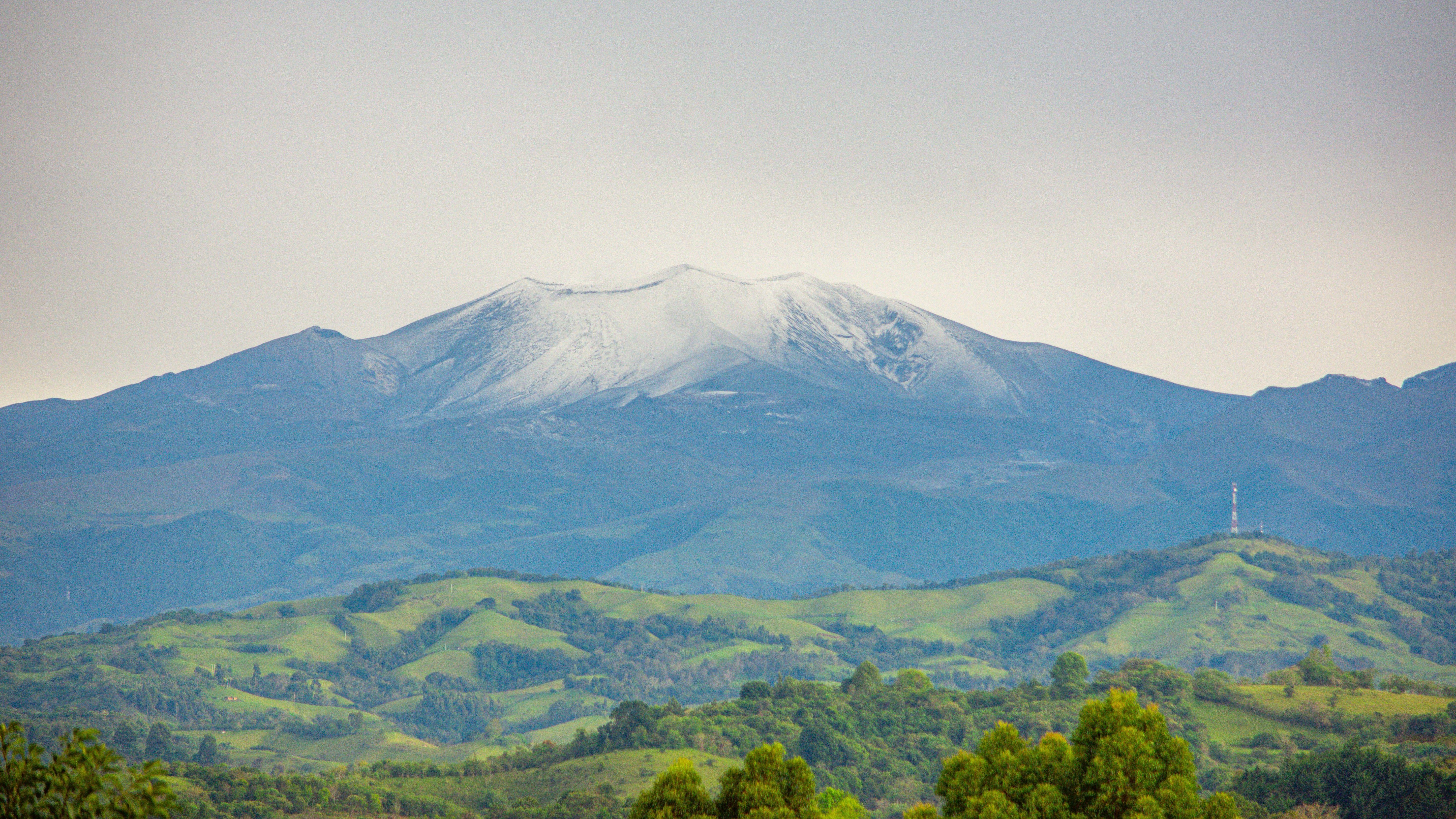Scientists finally discover 'lost continent' thought to have vanished without a trace
Scientists have pieced together the remnants of a continent that broke off from western Australia 155 million years ago and seemingly vanished as it drifted northward toward Southeast Asia.
The mystery of what happened to a lost continent that seemingly vanished 155 million years ago may have finally been solved, after scientists unearthed evidence of the landmass and retraced its steps.
It turns out the lost continent, known as Argoland, had a messy divorce from western Australia. It disintegrated as tectonic forces stretched the landmass out and drove it away from the rest of the continent, before scattering it across Southeast Asia, a new study has found.
Researchers have long known that a landmass rifted from Australia 155 million years ago, thanks to clues left in the geology of a deep ocean basin known as the Argo Abyssal Plain off the country's northwest coast.
But unlike India, which broke off the ancient supercontinent Gondwana 120 million years ago and still forms an intact landmass today, Argoland splintered into fragments. And until now, scientists were left scratching their heads as to where those continental fragments ended up.
"We knew it had to be somewhere north of Australia, so we expected to find it in Southeast Asia," lead study author Eldert Advokaat, a researcher in the department of Earth sciences at Utrecht University in the Netherlands, told Live Science.
In the new study, published online Oct. 19 in the journal Gondwana Research, Advokaat and his colleagues reconstructed the breakaway continent's journey. The researchers found fragments of ancient land scattered around Indonesia and Myanmar, but when they tried to reconstruct Argoland out of these fragments, "nothing fit," he said.
Get the world’s most fascinating discoveries delivered straight to your inbox.
The team then worked backward, gathering evidence in Southeast Asia to retrace Argoland's northward journey. Amid the scattered fragments of ancient land, they discovered the remnants of small oceans dating to roughly 200 million years ago. These oceans likely formed as tectonic forces stretched and fissured Argoland prior to the 3,100-mile-long (5,000 kilometers) landmass breaking off, Advokaat said.
"That process goes on for 50 to 60 million years and around 155 million years ago, that whole collage of these ribbon continents and intervening oceans starts drifting over to Southeast Asia," he said. "We didn't lose a continent; it was just already a very extended and fragmented ensemble."
To reflect this, Advokaat and his colleagues referred to Argoland as an "Argopelago." Their reconstruction of the continent's history may shed light on the region's past climate, which would have cooled as oceans formed between the shreds of Argoland, Advokaat said.
As fragments of Argoland collided with landmasses in Southeast Asia, they also shaped the rich biodiversity we see today. This could help explain the uneven distribution of species along an invisible barrier that runs through Indonesia, Advokaat added.
Overall, piecing together Argoland is "a springboard for new research," he said.

Sascha is a U.K.-based staff writer at Live Science. She holds a bachelor’s degree in biology from the University of Southampton in England and a master’s degree in science communication from Imperial College London. Her work has appeared in The Guardian and the health website Zoe. Besides writing, she enjoys playing tennis, bread-making and browsing second-hand shops for hidden gems.




